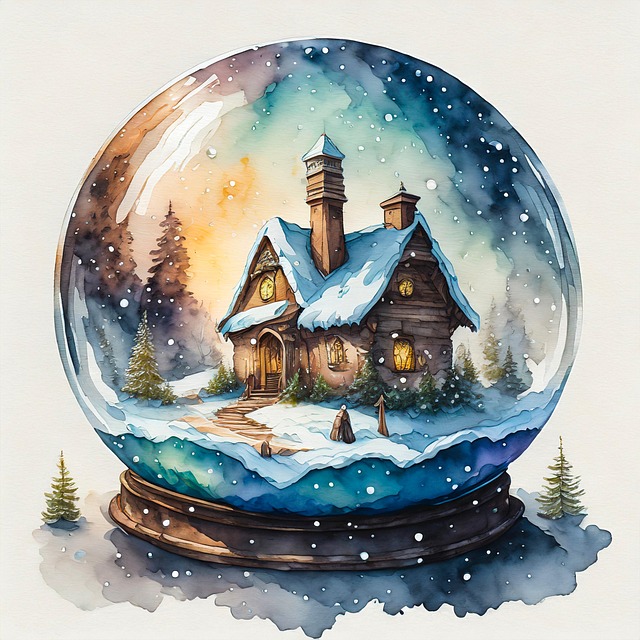Historic copper mining towns offer a unique blend of cultural heritage and real estate potential, attracting enthusiasts with their distinctive architecture and rich narratives. These communities merge the past and present through preserved Victorian mansions, Art Deco gems, and eco-friendly modern developments. By integrating green practices, they foster sustainability while preserving their unique character, appealing to both history lovers and environmentally conscious buyers in a thriving, circular economy.
“Discover the enchanting allure of historic copper mining towns, where rich history meets unique real estate opportunities. This article takes you on a journey through time, exploring the architectural treasures and timeless charm that define these former industrial hubs. From the vibrant past to their sustainable future, we uncover why these areas are not just places to live but destinations for those seeking a one-of-a-kind lifestyle. Dive into this exploration of real estate with a historical twist.”
The Rich History of Copper Mining Towns: Uncovering a Unique Real Estate Niche

The history of copper mining towns is a captivating tale woven into the very fabric of many regions worldwide. These settlements, born out of the mineral-rich soil and rugged landscapes, have left an indelible mark on both their surroundings and the broader real estate market. Over time, as mining operations boomed, these towns became vibrant hubs of industry, attracting workers from near and far, each contributing to a unique cultural mosaic.
Today, the legacy of copper mining endures in the distinctive architecture, historic sites, and rich narratives that give these towns their charming, albeit often quirky, character. For real estate enthusiasts, this creates a fascinating niche within the broader market. The appeal lies not only in the potential for investment but also in the opportunity to own a piece of history, with each property telling its own story, reflecting the town’s evolution from mining outpost to cultural gem.
Architectural Treasures and Time-Honored Charm: Exploring the Built Environment

The historic copper mining town’s built environment is a treasure trove for real estate enthusiasts and history buffs alike, offering a unique blend of architectural styles that tell tales from the past. Every building, from grand old homes to quaint little shops, reflects the town’s rich heritage and the enduring charm of bygone eras. Walk down its cobblestone streets, and you’ll encounter Victorian-era mansions with ornate balconies, Art Deco gems exuding sophistication, and rustic log cabins that stand as reminders of its mining roots.
These architectural treasures are not just visually stunning; they also provide a tangible link to the town’s history. The careful preservation of these structures has created an enchanting atmosphere where the past and present merge seamlessly. Today, many of these buildings have been converted into modern homes, boutique hotels, or cultural spaces, showcasing how the town has evolved while preserving its time-honored charm.
Preserving the Past, Shaping the Future: Sustainability in Historic Copper Mining Areas

In historic copper mining towns, preserving the past is not just about maintaining architectural relics; it’s a strategy to shape a sustainable future. These areas, rich in cultural heritage, offer unique opportunities for real estate developers and investors. By integrating eco-friendly practices into renovation and new development projects, future-forward thinking can be aligned with the town’s historical narrative. Sustainable initiatives such as green roofing, energy-efficient systems, and responsible waste management not only reduce environmental impact but also attract a growing market of eco-conscious buyers and tenants.
This harmonious blend of conservation and innovation ensures that historic copper mining sites remain vibrant communities while preserving their distinctive character. The integration of modern, sustainable design principles can enhance the town’s appeal, fostering a sense of pride among residents and drawing visitors eager to experience this unique atmosphere. Such efforts contribute to a circular economy, where the past informs and inspires progress.






